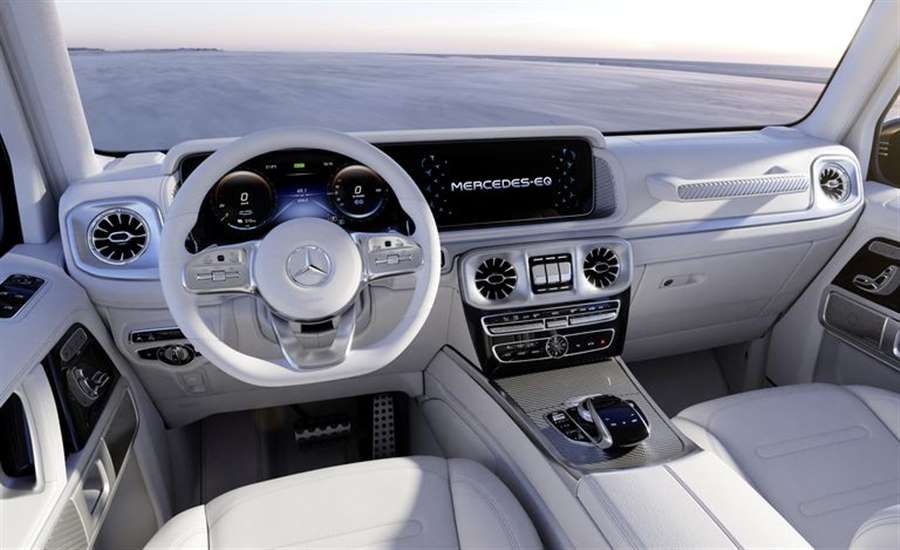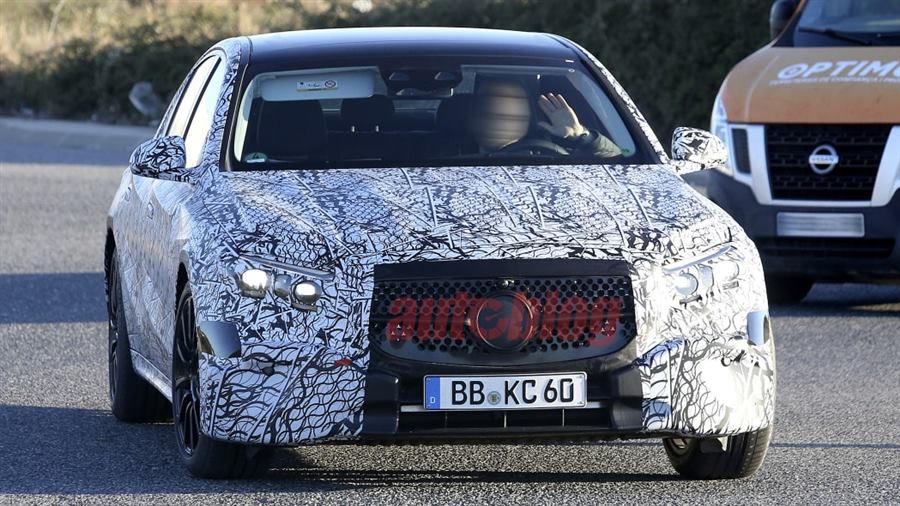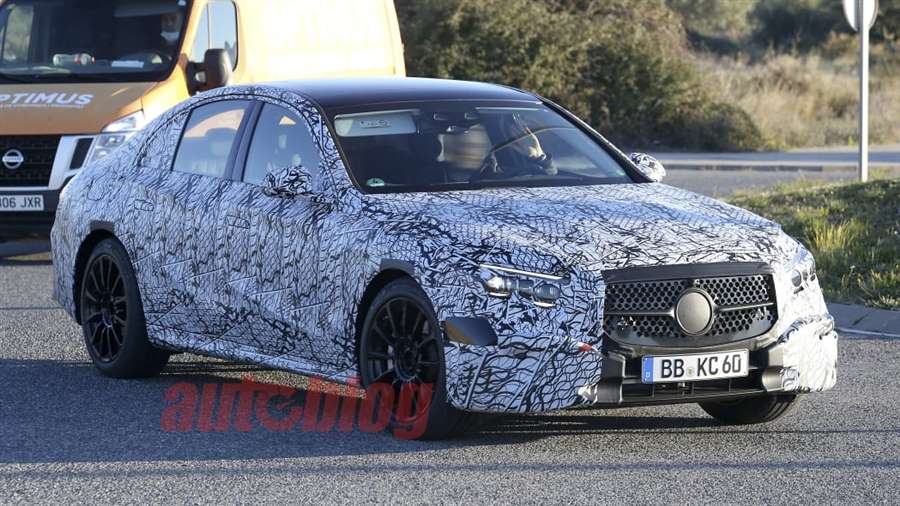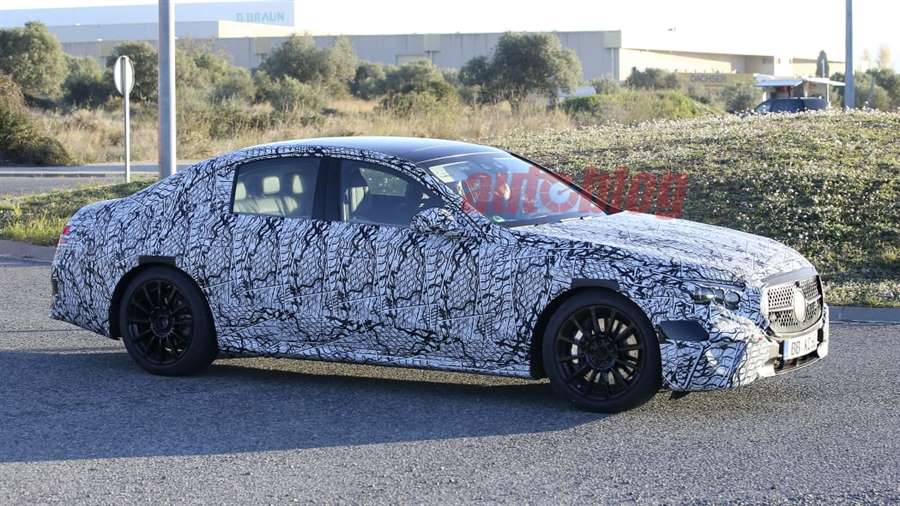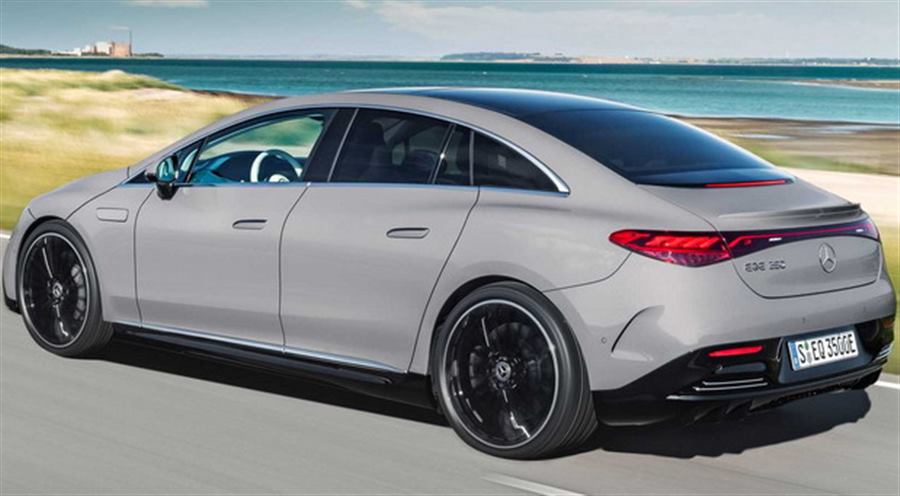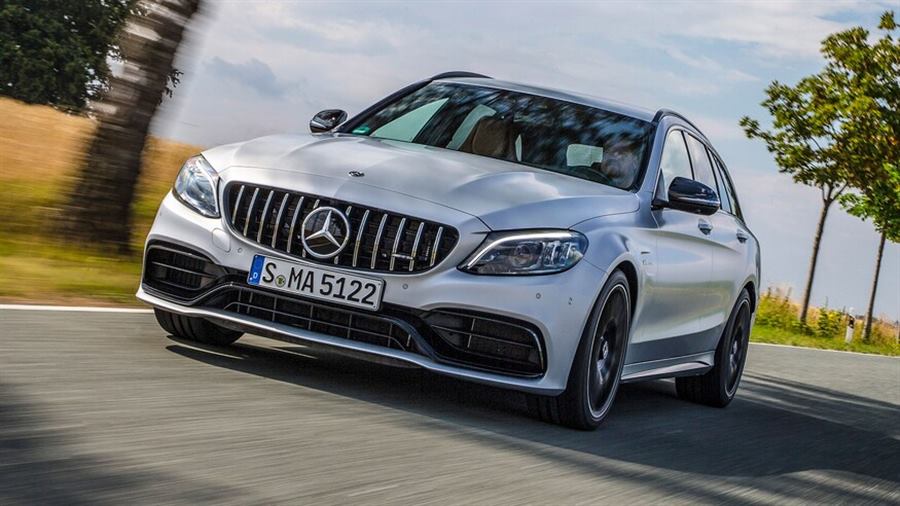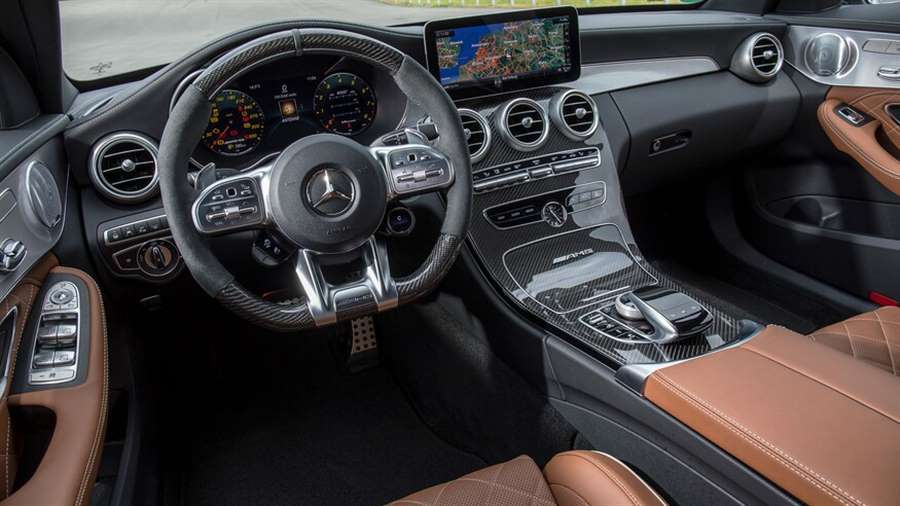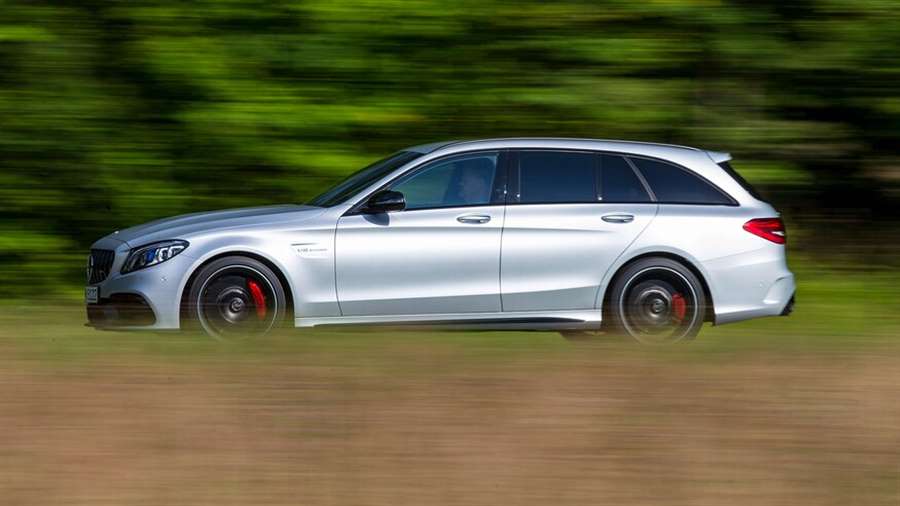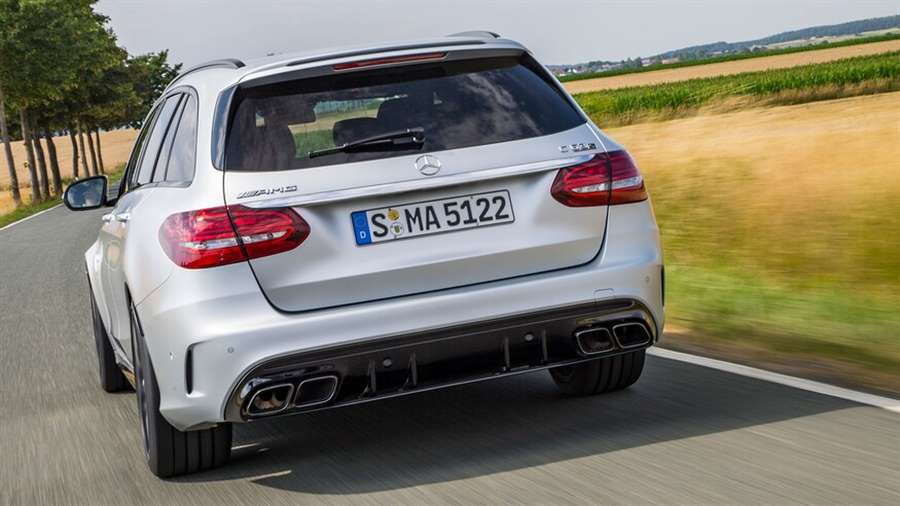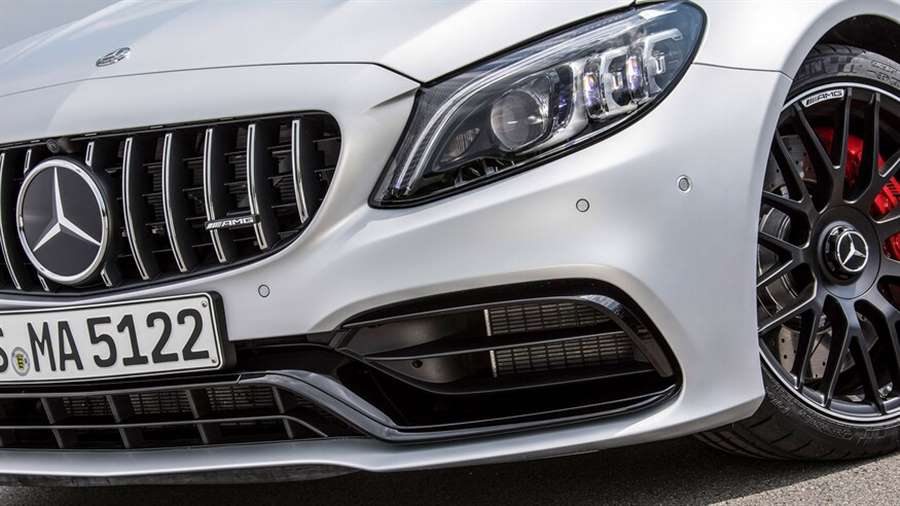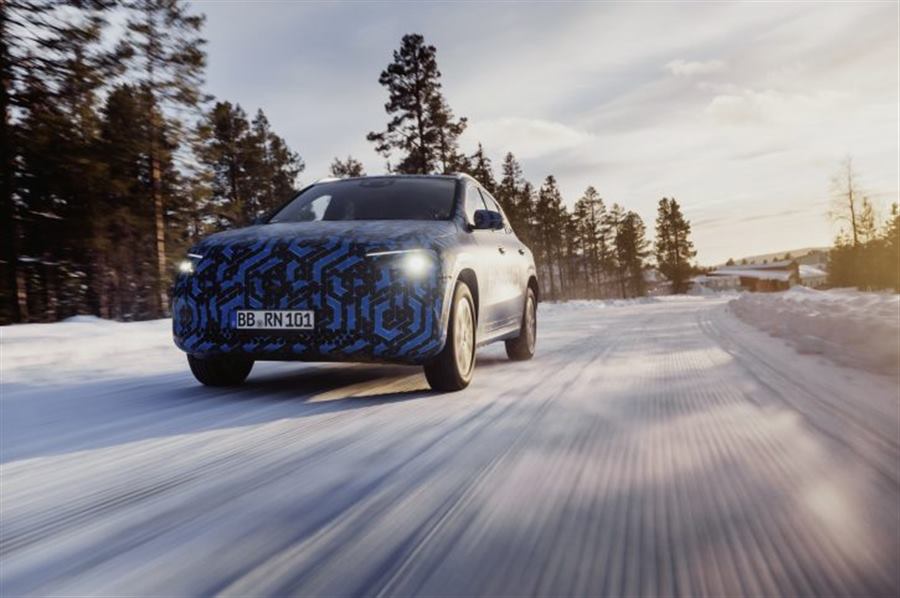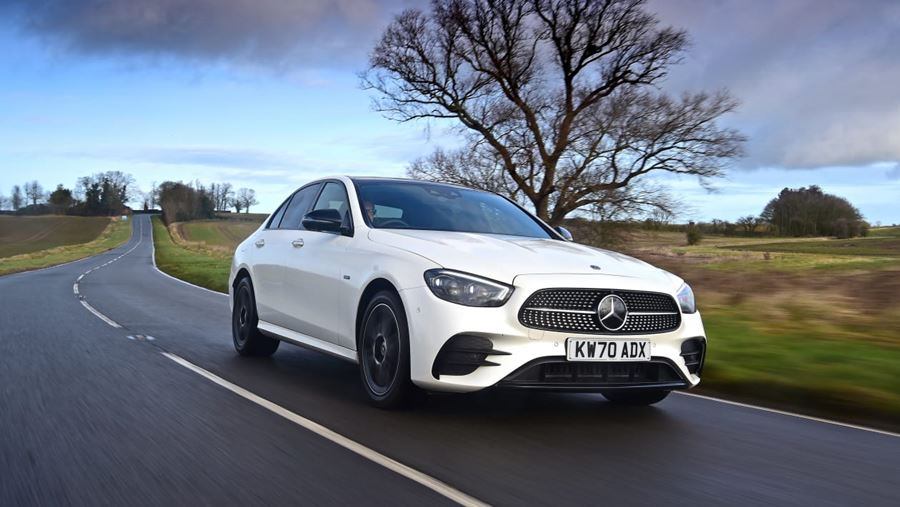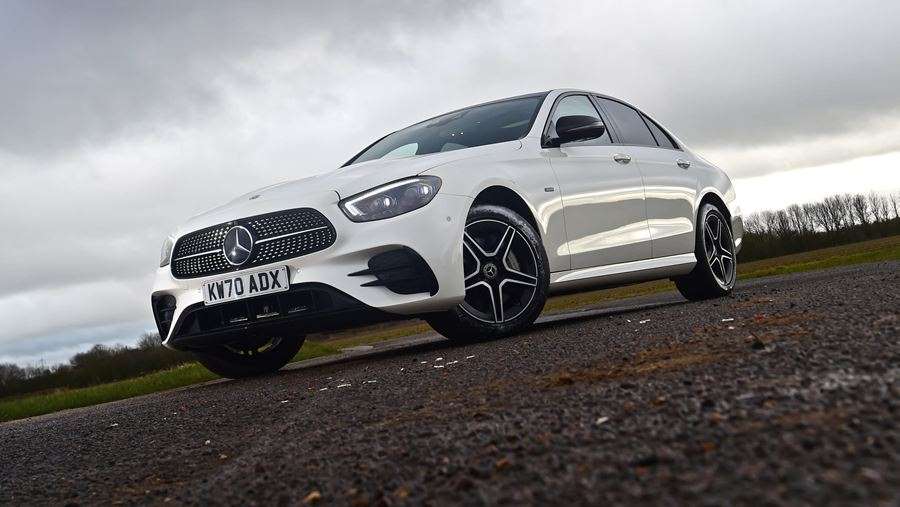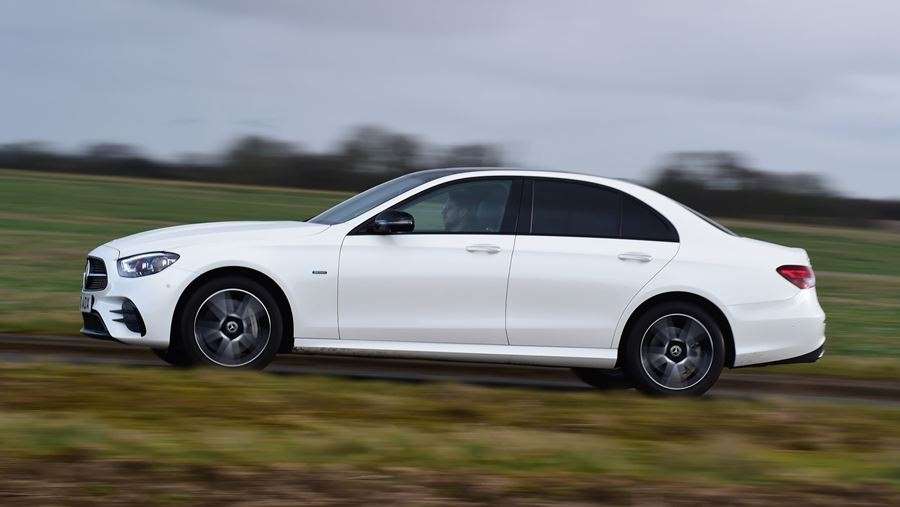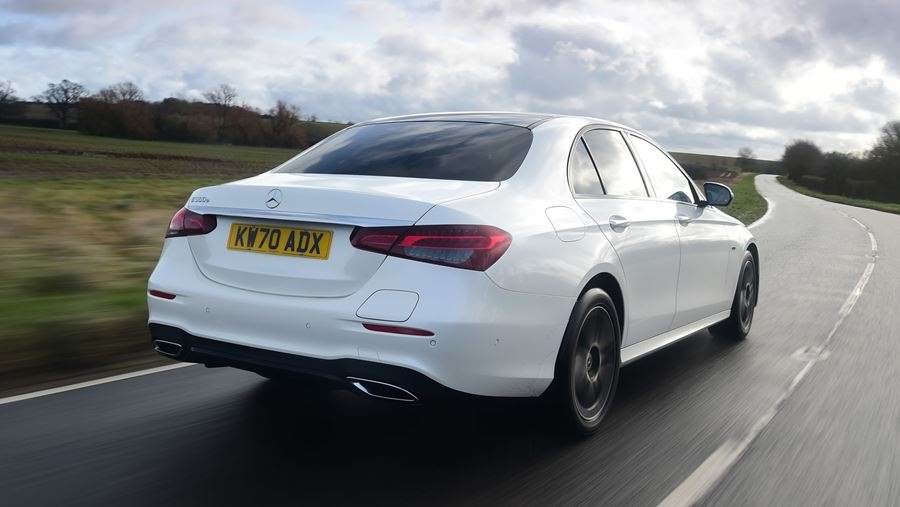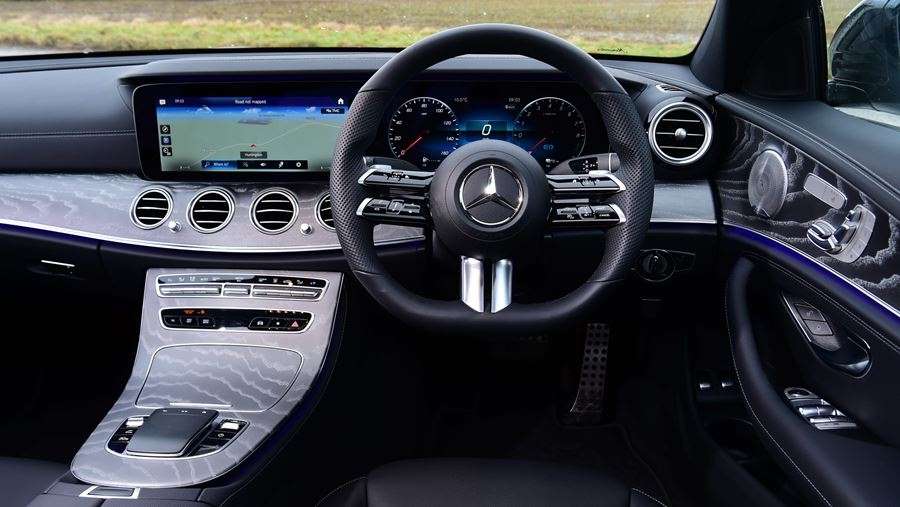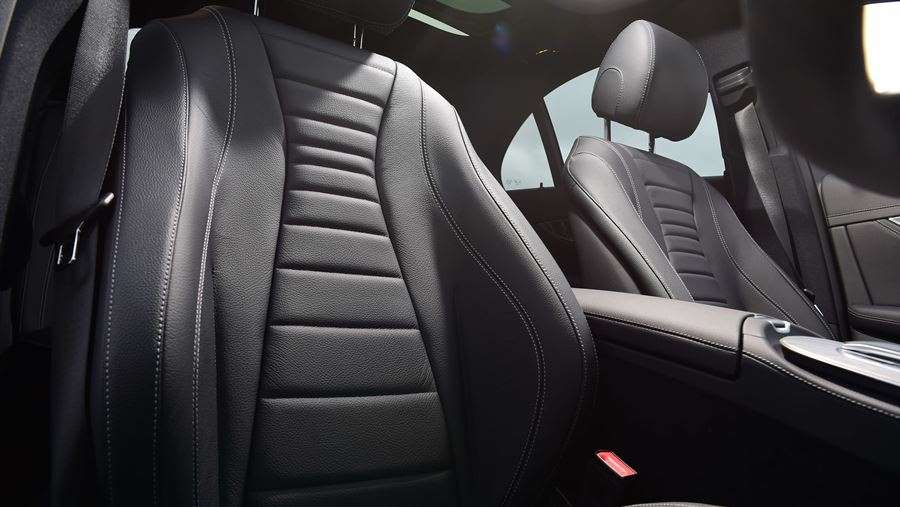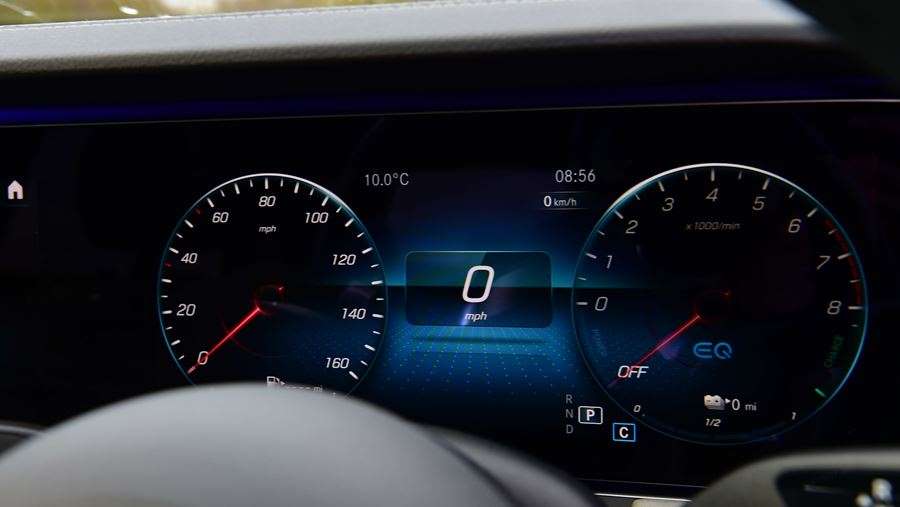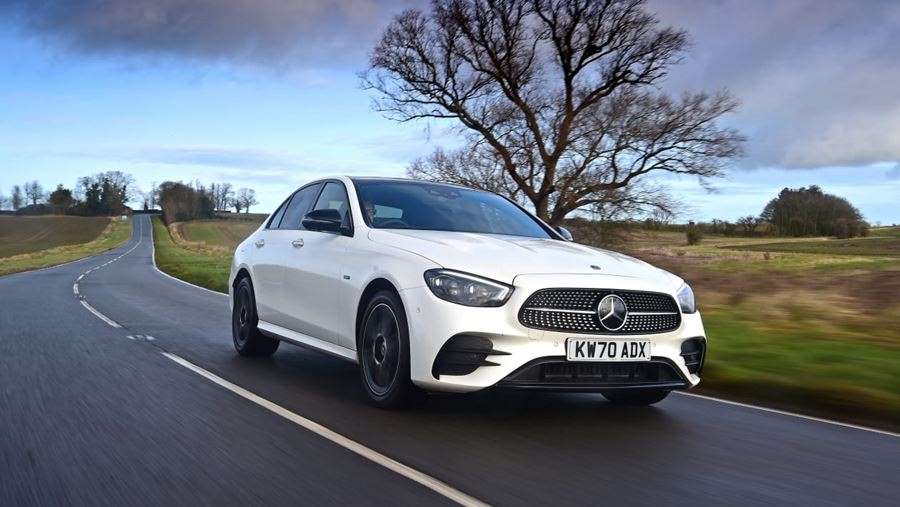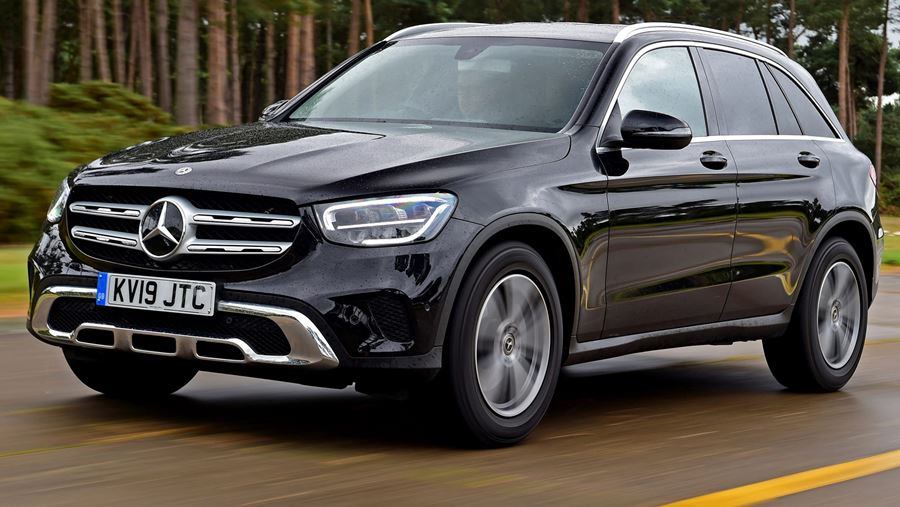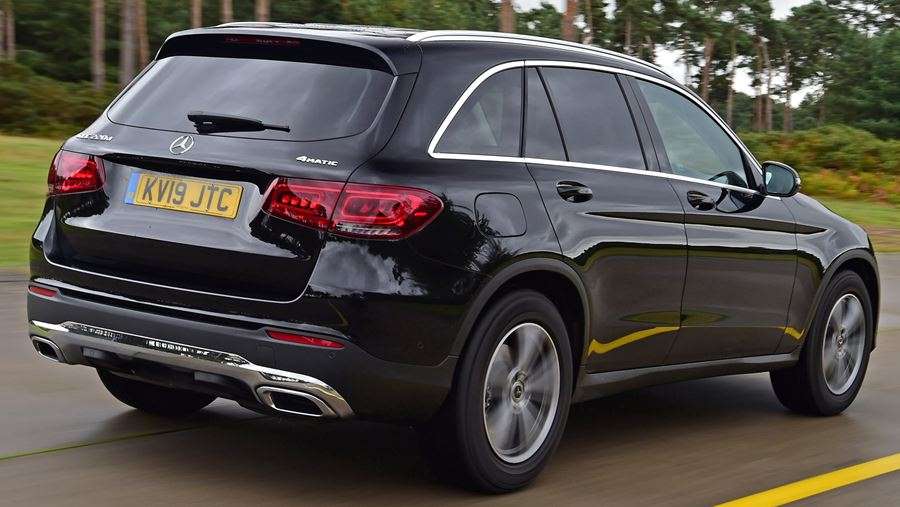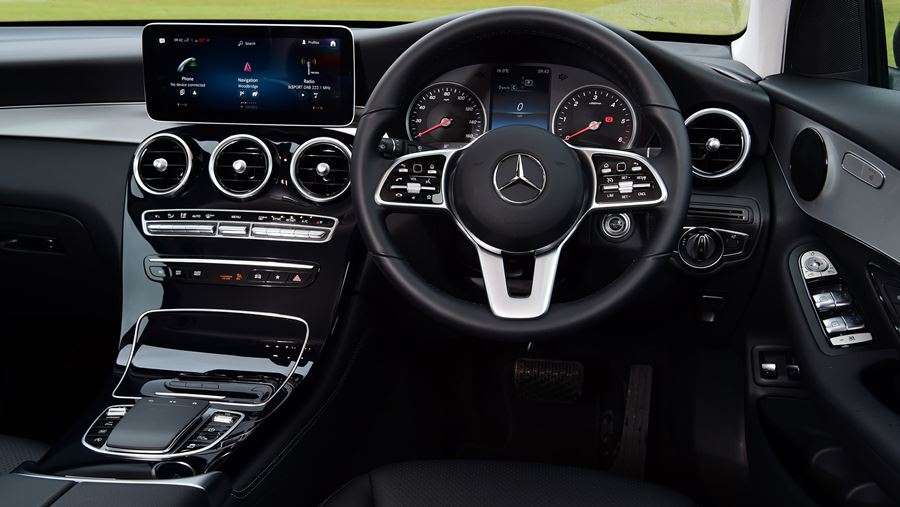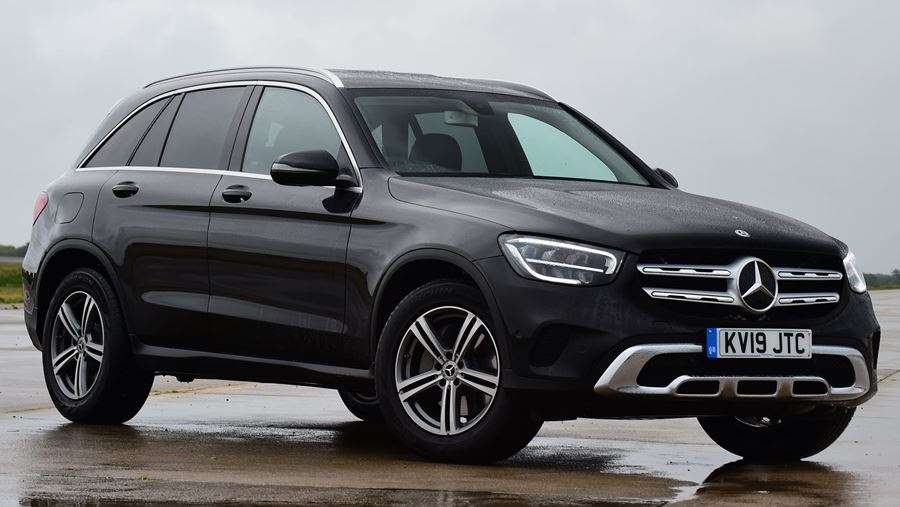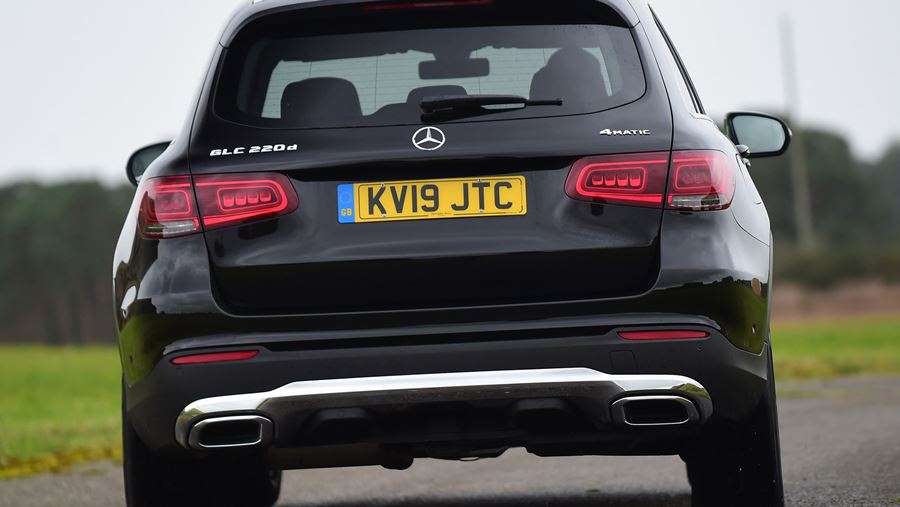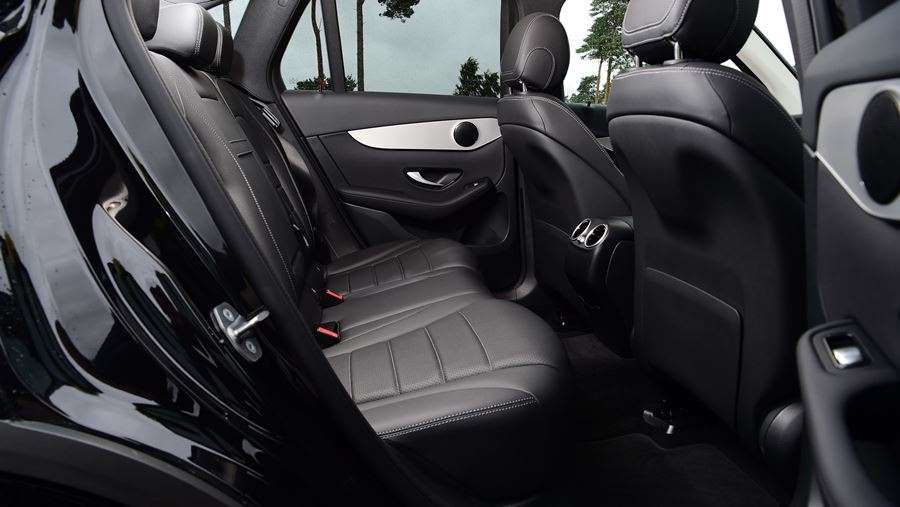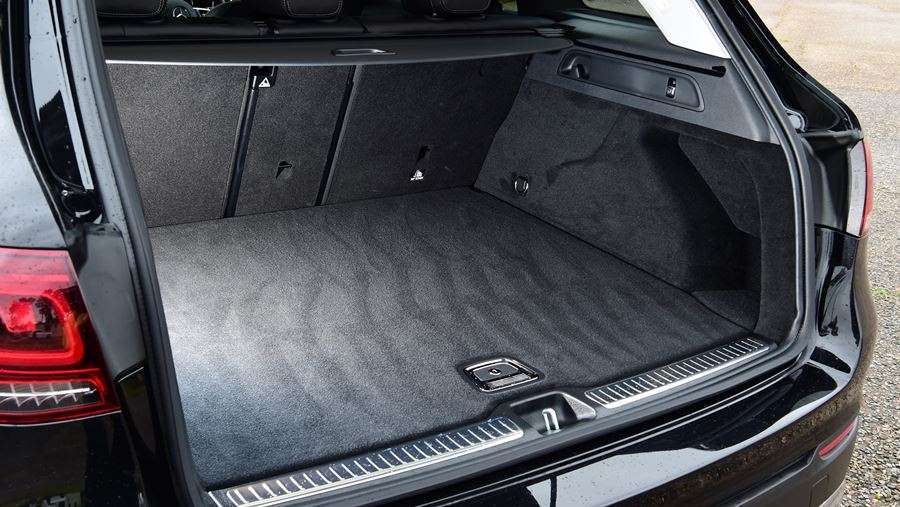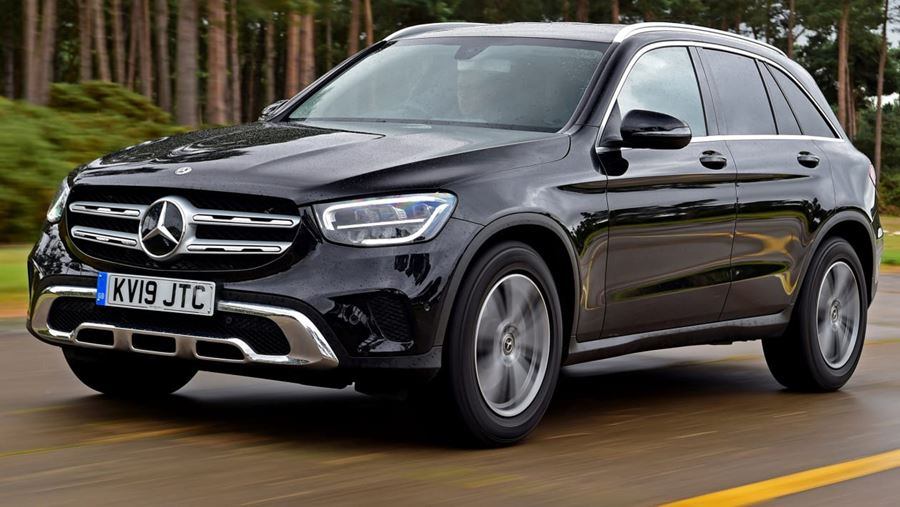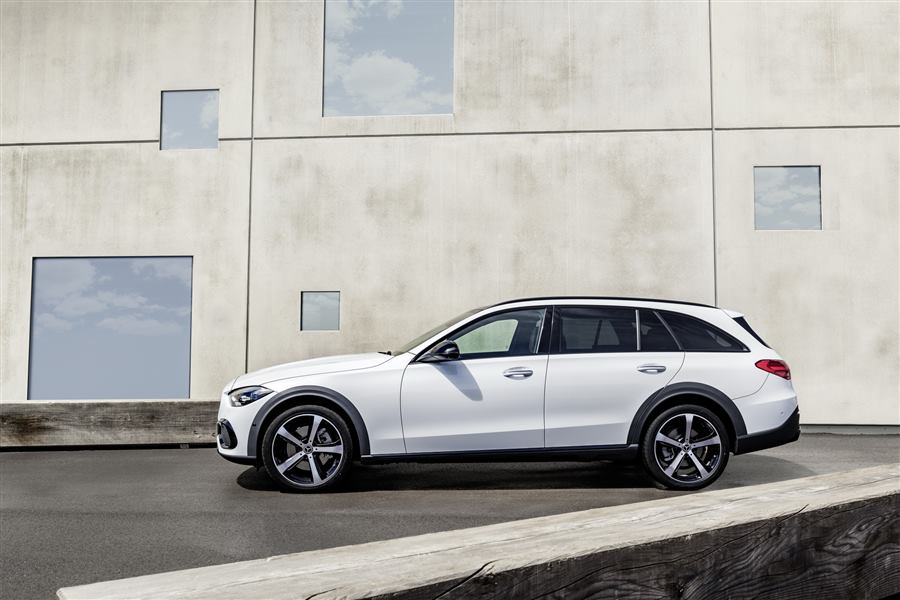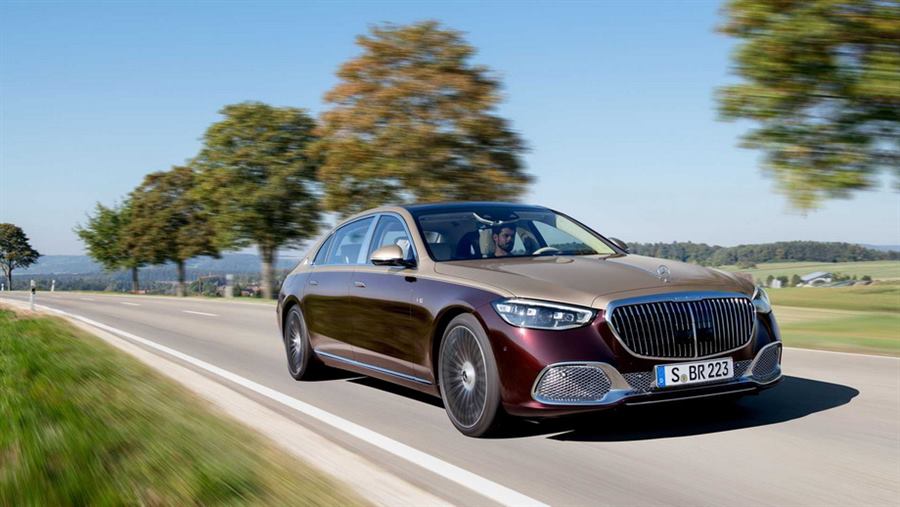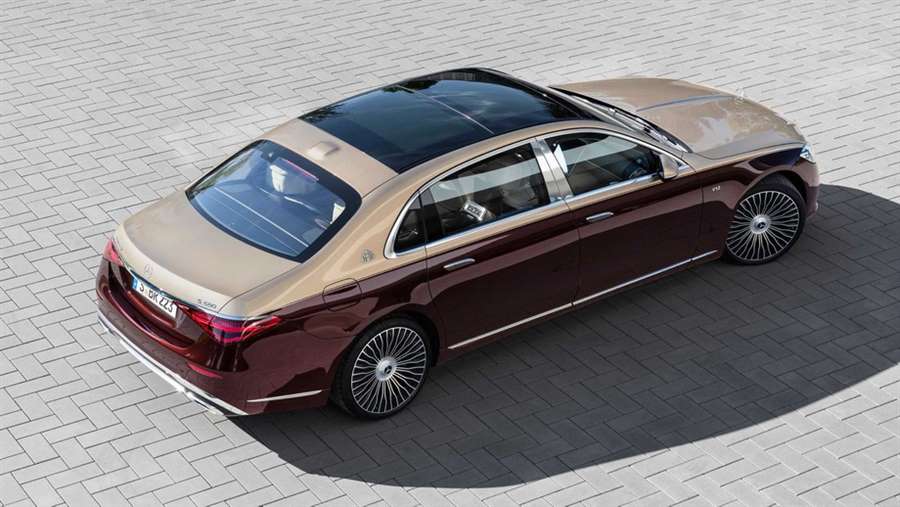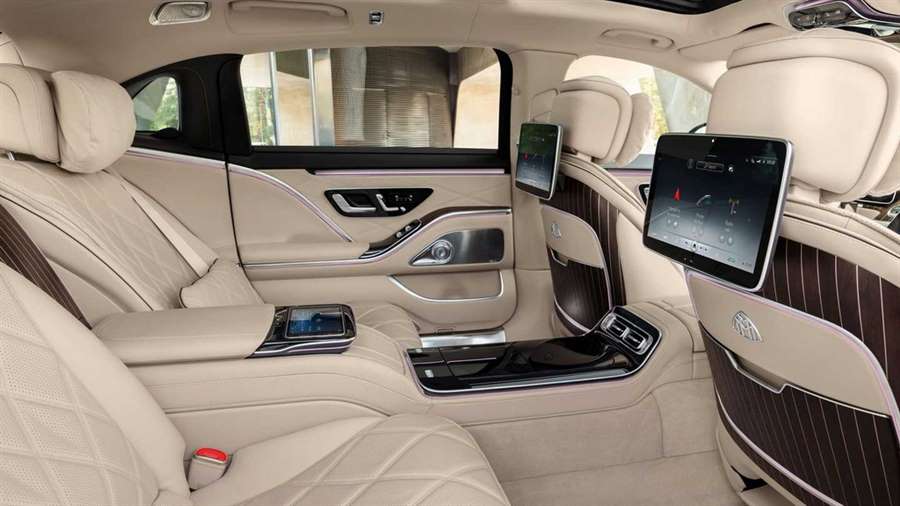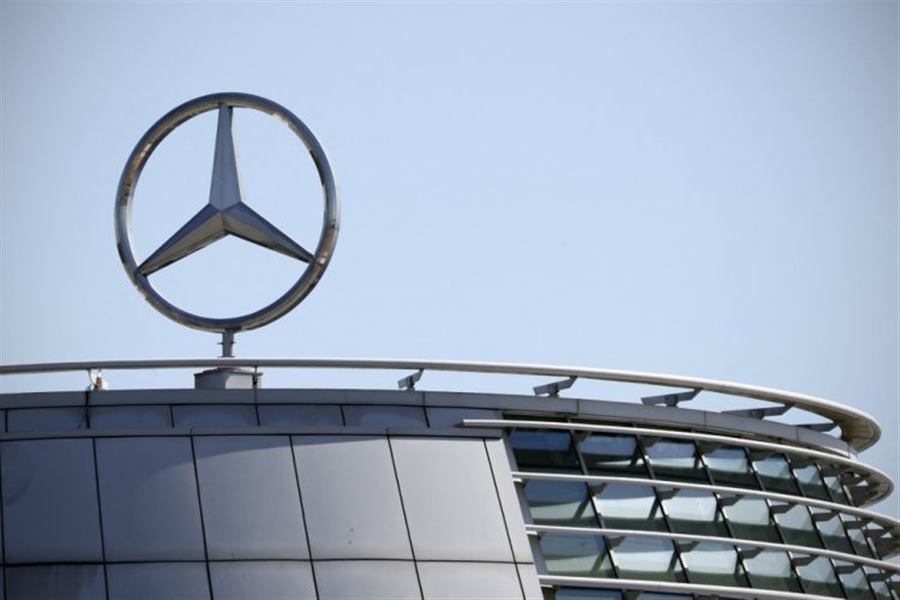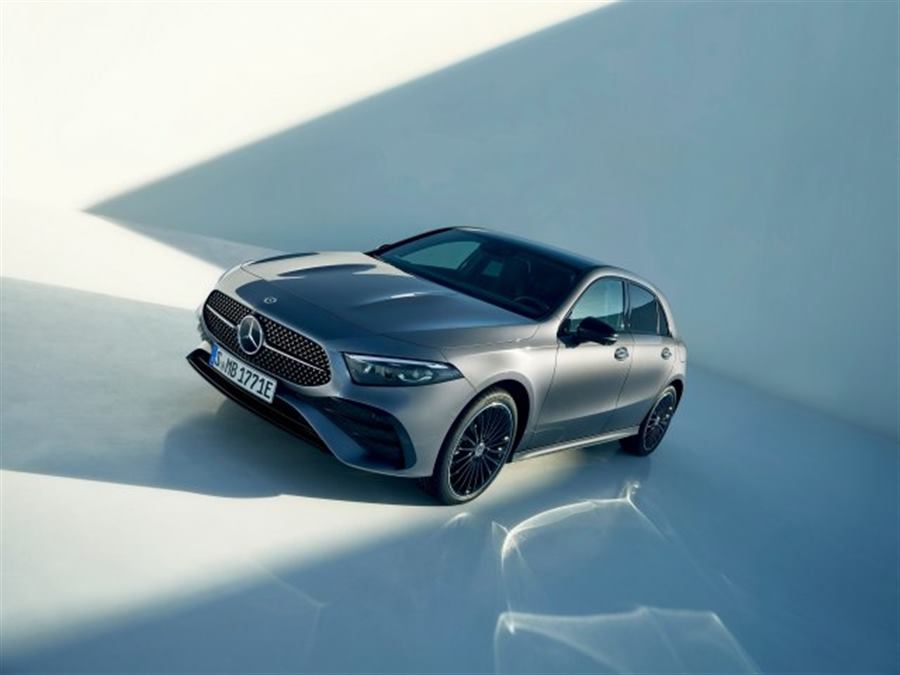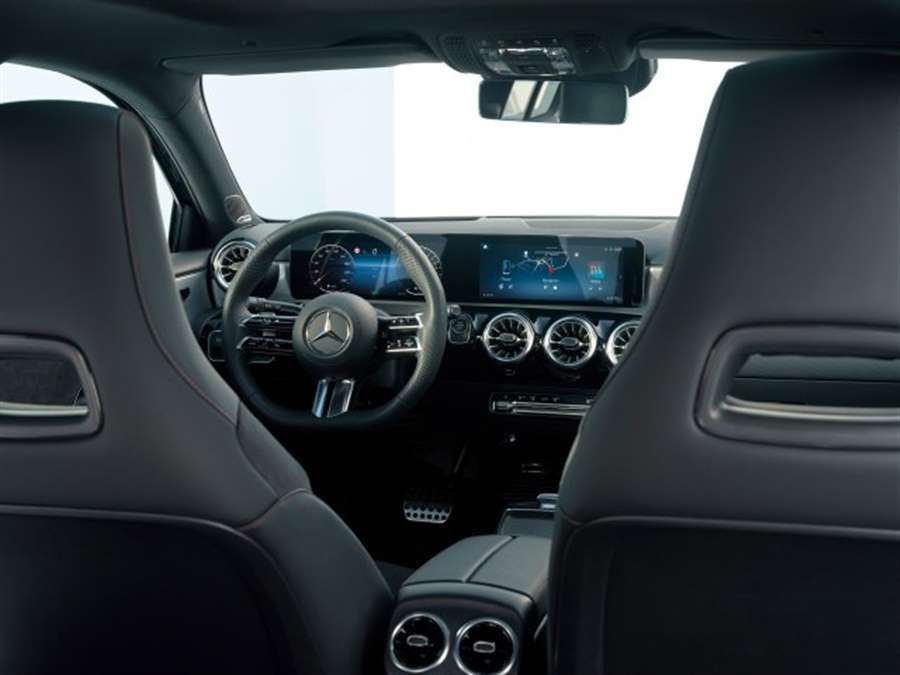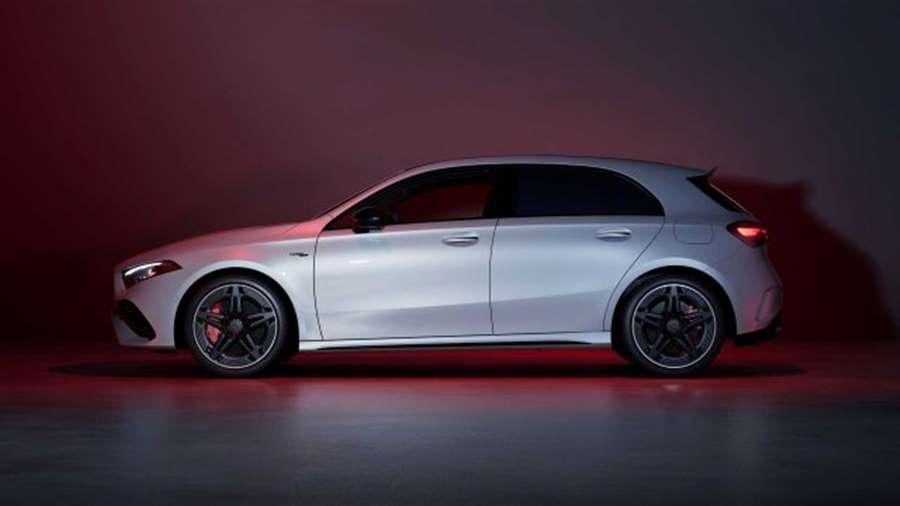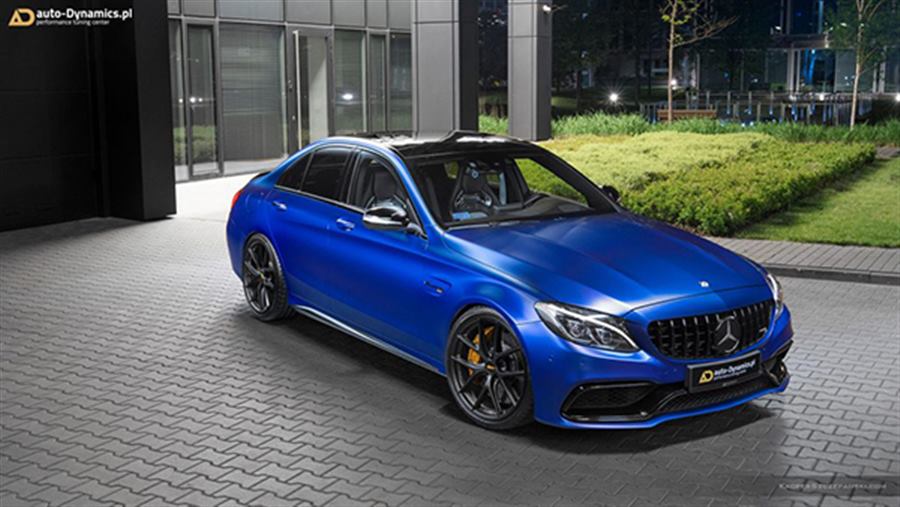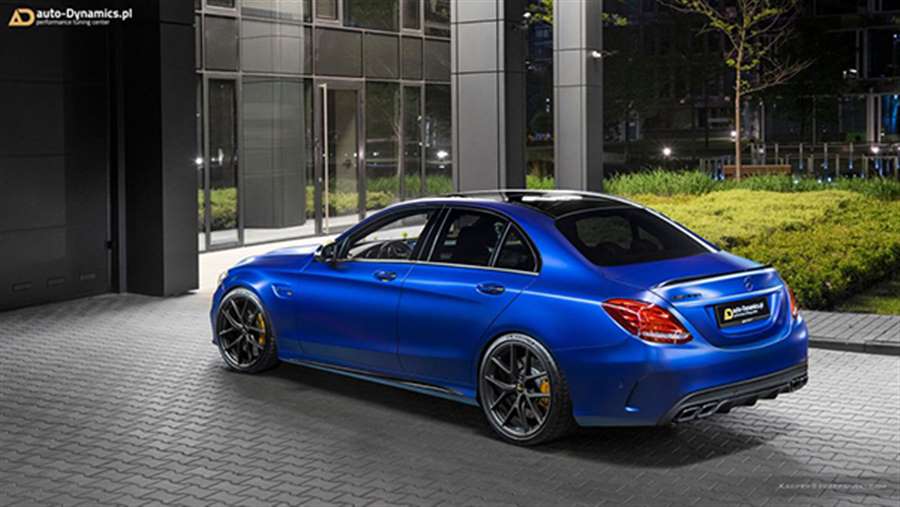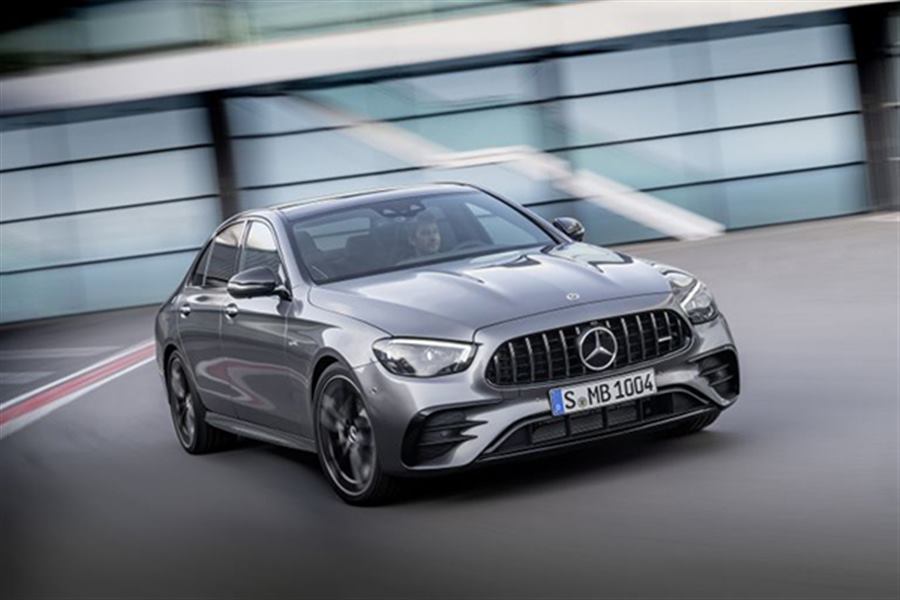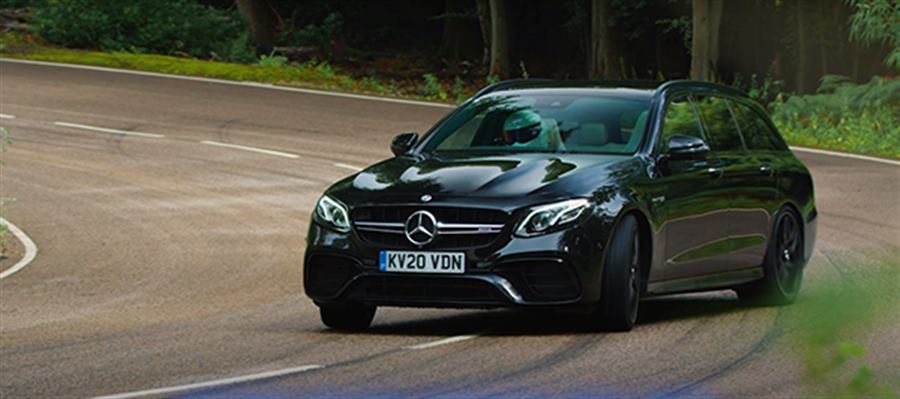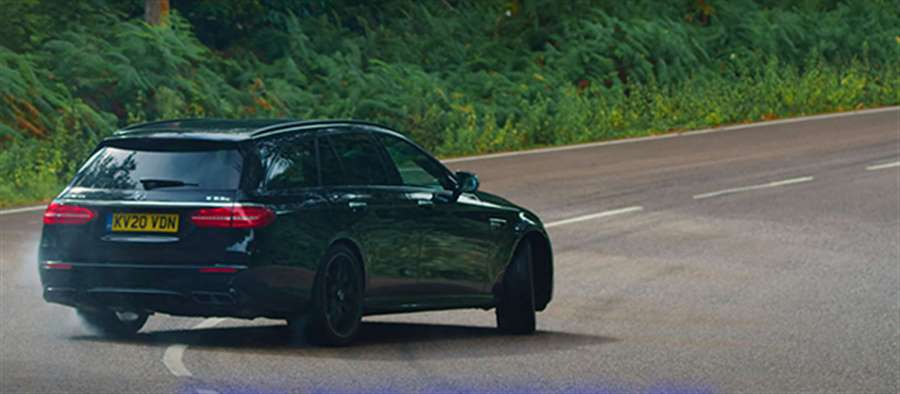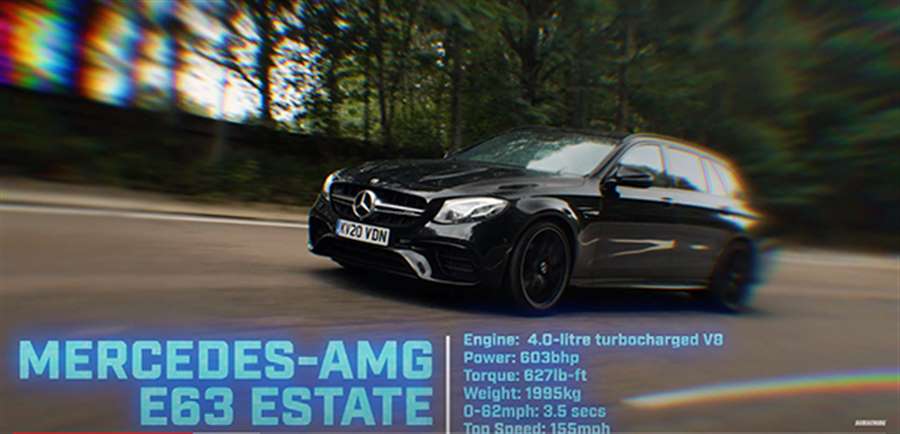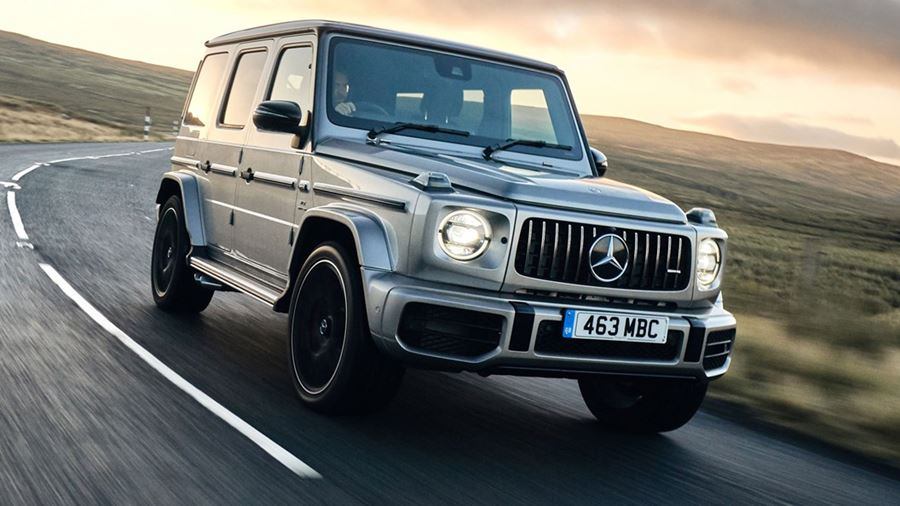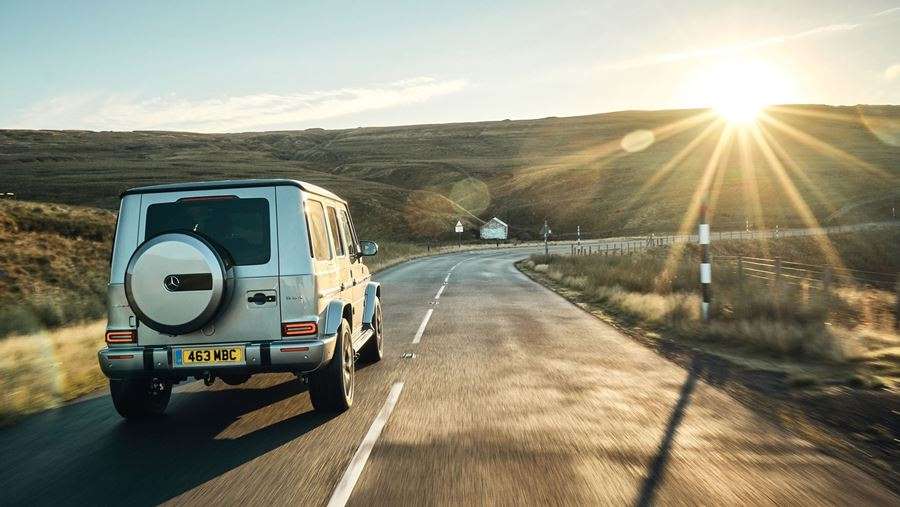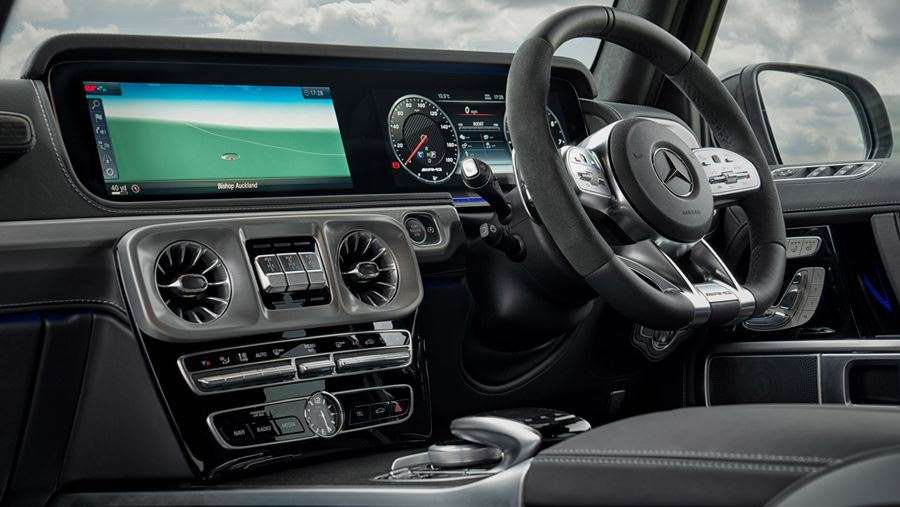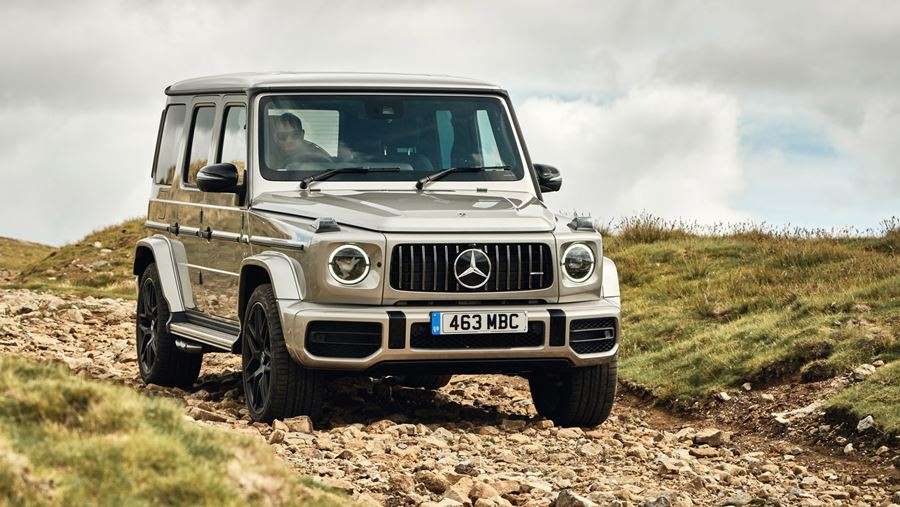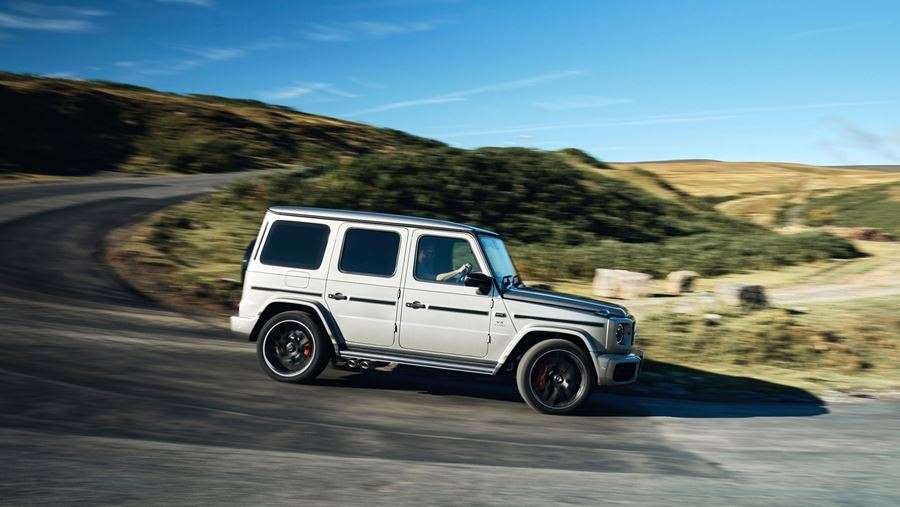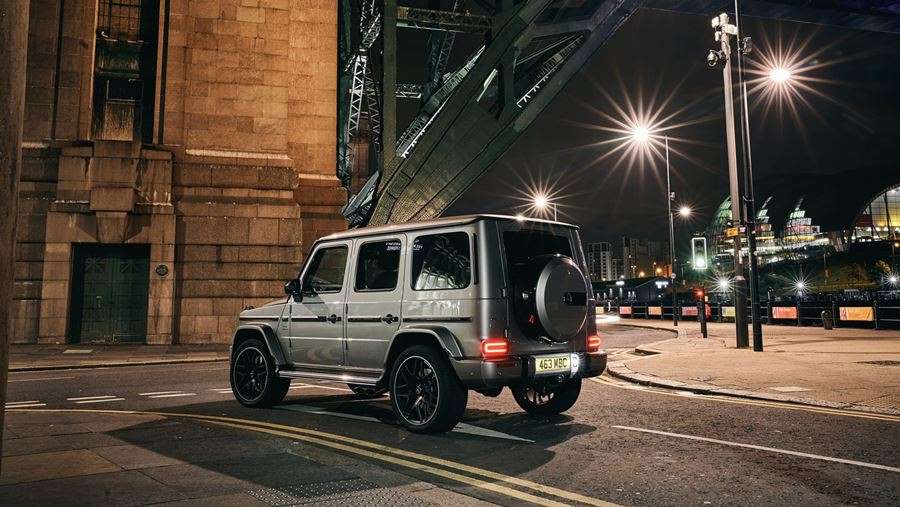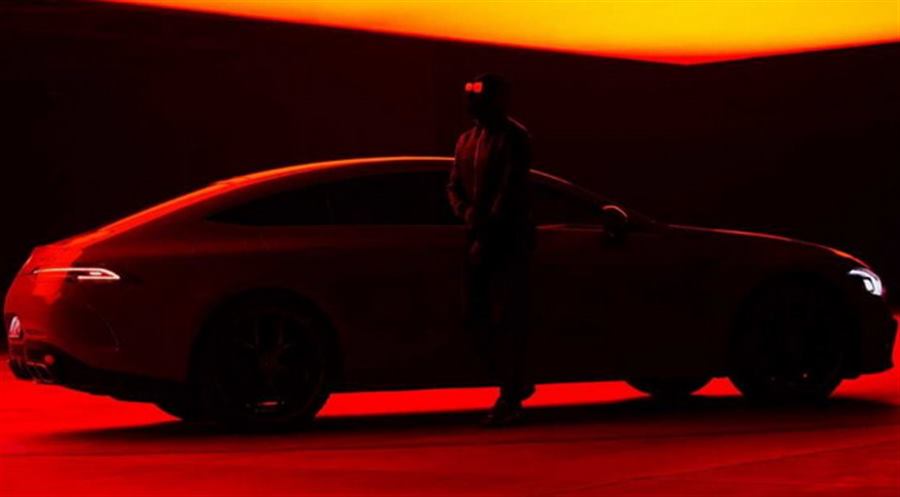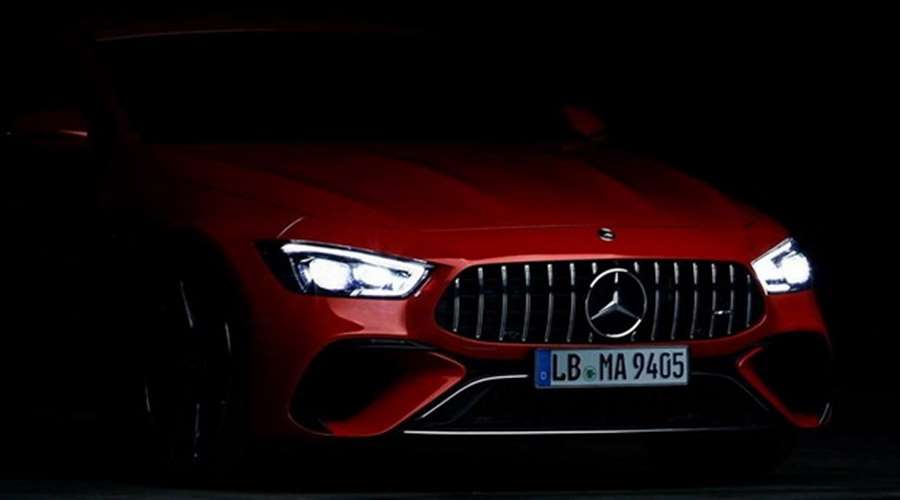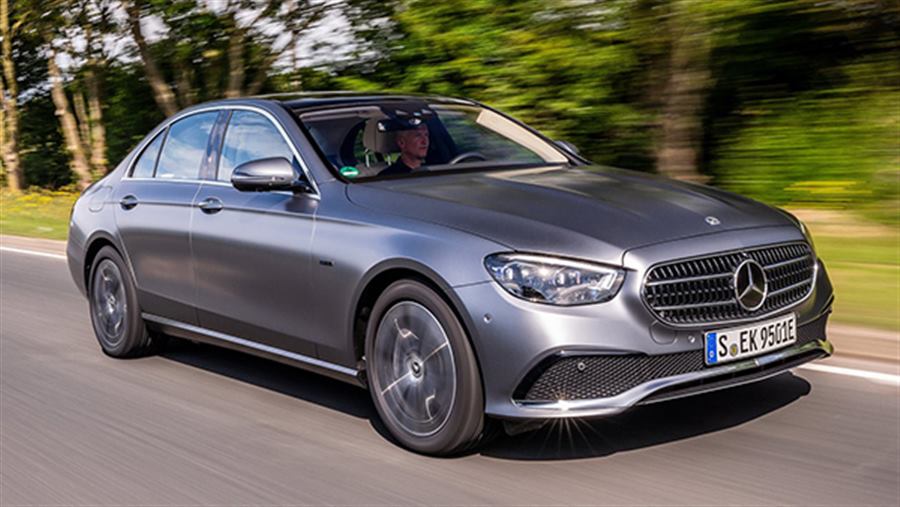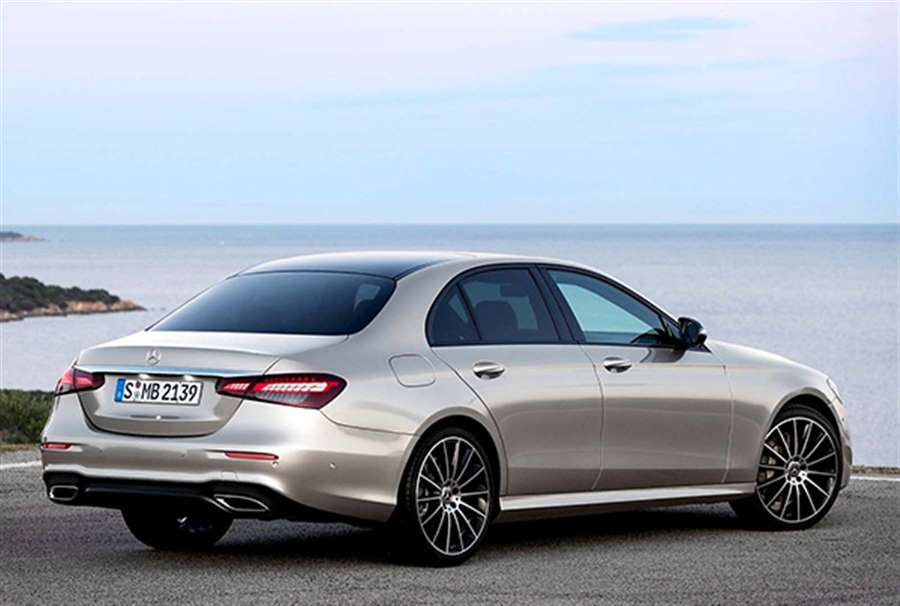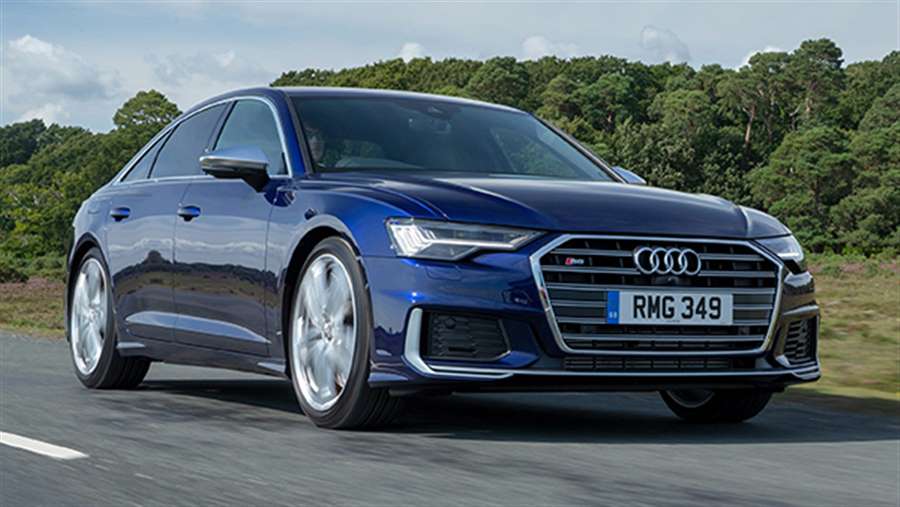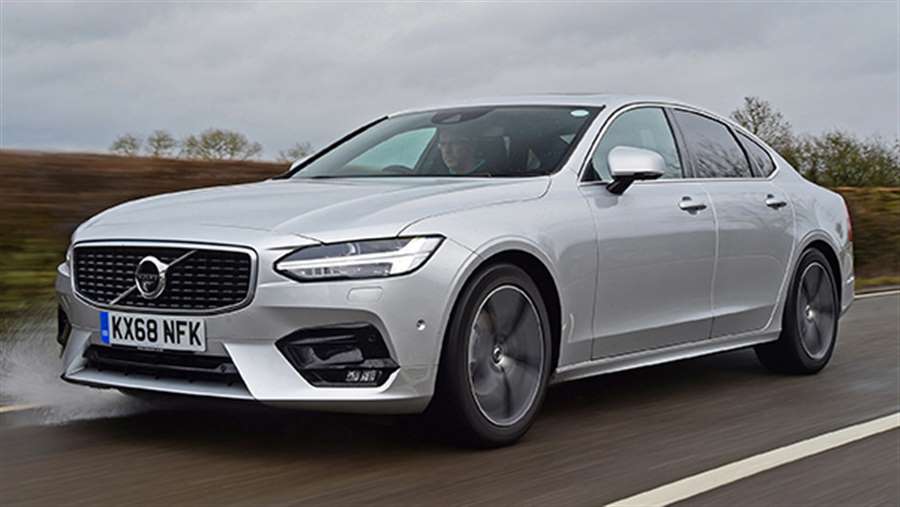“The Mercedes GLC is an SUV that benefits from a lot of C-Class pedigree, but with a raised ride height and improved practicality”
Mercedes has had a car battling against the BMW X3 and Audi Q5 since 2009, but to UK buyers this may not have been obvious because the old GLK-Class was only sold in left-hand-drive markets. However, since 2015, the GLC, which replaced the GLK, has been sold here and is an SUV version of the popular Mercedes C-Class saloon on which it’s based.
Mercedes gave the GLC a mild facelift in 2019, which involved some tweaks to the exterior design, some new engines and a plethora of technology upgrades inside. The updates were needed given how competitive the SUV market had become, and 2021 ushers in a plug-in hybrid version for the first time too.
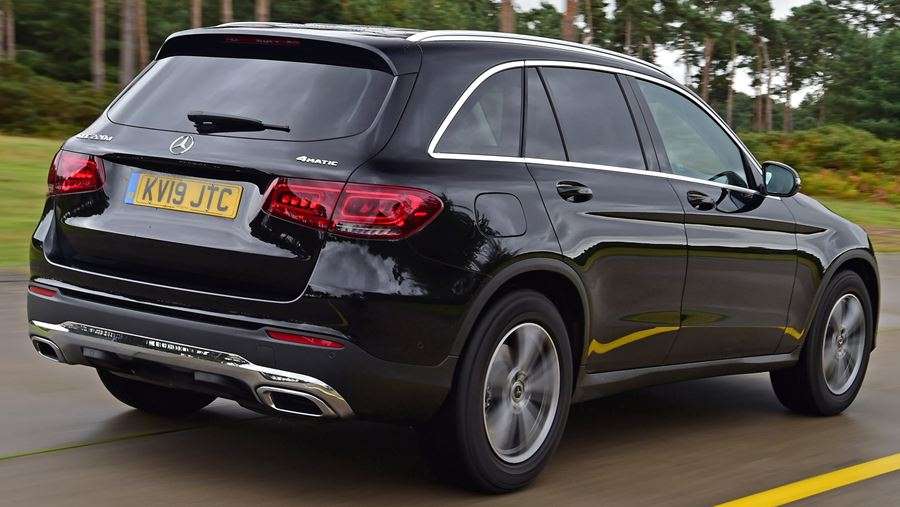
Best 4x4s and SUVs
The revised GLC borrows engines and equipment from the C-Class. The similarities between the two models are harder to spot in style terms, however, unlike the Mercedes A-Class and GLA, which have more in common. The GLC is an attractive car in its own right, with the latest design including slimmer headlights and tail lights, and the latest Mercedes grille.
Every GLC comes with Mercedes' 4MATIC four-wheel drive and a smooth nine-speed automatic gearbox as standard. Versions badged 220 d and 300 d are fitted with the same 2.0-litre diesel, but tuned differently to produce 191 and 242bhp respectively. The 220d returns up to 45.6mpg and has CO2 emissions starting at 175g/km, while you can expect 42.8mpg and 184g/km from the 300 d, which are competitive figures. These are trumped by the GLC 300 e plug-in hybrid model, which can manage 26-31 miles of electric range and 122mpg. What’s more, its low CO2 emissions mean company-car tax is a third of the petrol and diesel engines.
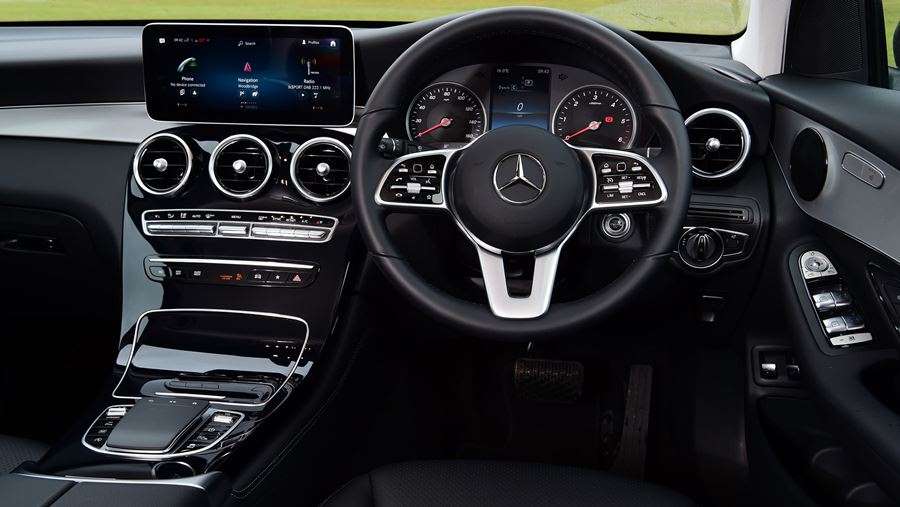
A clear highlight of the GLC is its attractive and well built interior, which also has enough room for front and rear occupants to be comfortable, along with heater controls for people sitting in the back, which is surprisingly rare. There are lots of thoughtful cubbies and the 550-litre boot puts the GLC in the same territory as the X3 and Q5, while the Discovery Sport is more practical and has the option of seven seats.
The introduced the latest Mercedes MBUX infotainment system, but unlike all-new models, there's still a tablet-style central screen perched on the dash, that looks slightly incongruous. The software is a major upgrade, though, and the main screen now responds to touch as well as the central control pad. A regular set of dials are standard, while a large 12.3-inch digital version is available as an option.
On the road, it soon becomes apparent that Mercedes concentrated on comfort when developing the GLC. It’s very smooth on the standard suspension and even more cosseting if the optional air-suspension is fitted. Drivers on the hunt for thrills may feel short-changed, though – while the Volvo XC60 is even softer, the newer BMW X3 is more responsive and poised on a country road.
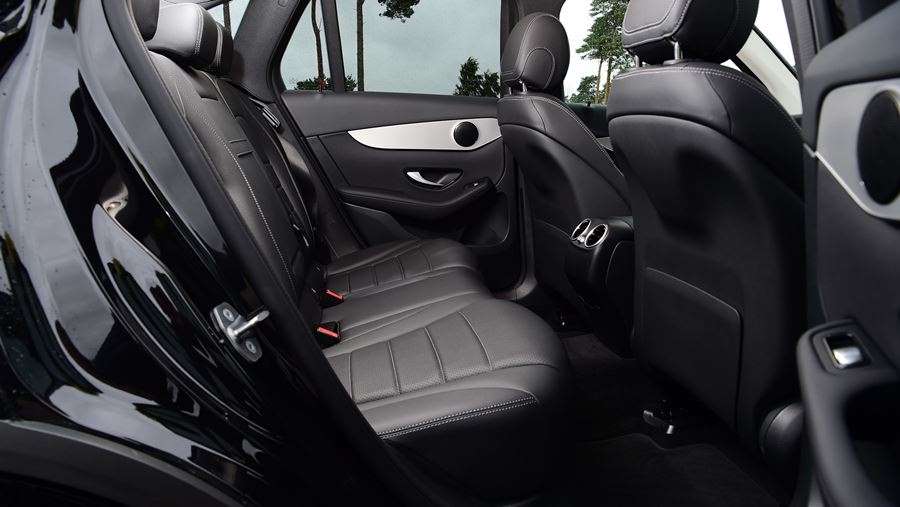
There are effectively three trim levels, consisting of the core AMG Line trim, plus Premium and Premium Plus versions. The 220 d engine is only available in AMG Line Premium and below; the more powerful 300 d is the AMG Line Premium and up. Desirable items like a powered tailgate, reversing camera and Artico leather upholstery are all included, along with sat nav and LED headlights. AMG Line Premium GLCs gain distinctive body styling and an interior makeover, as well as even bigger 20-inch alloy wheels.
AMG Line is now the most appealing trim for company-car drivers and we'd recommend spending the extra monthly finance cost for private buyers too, to benefit from all the GLC has to offer. The Premium equipment line includes adaptive headlights, running boards, a larger instrument display, ambient lighting, augmented reality navigation, Android Auto and Apple CarPlay compatibility and wireless smartphone charging.
Before it was facelifted, the GLC came 61st out of 100 models in our 2019 Driver Power customer satisfaction survey, but reliability wasn't a strong point, so owners will be hoping issues have been remedied. Further peace of mind should be provided by the GLC’s five-star Euro NCAP crash-test rating.
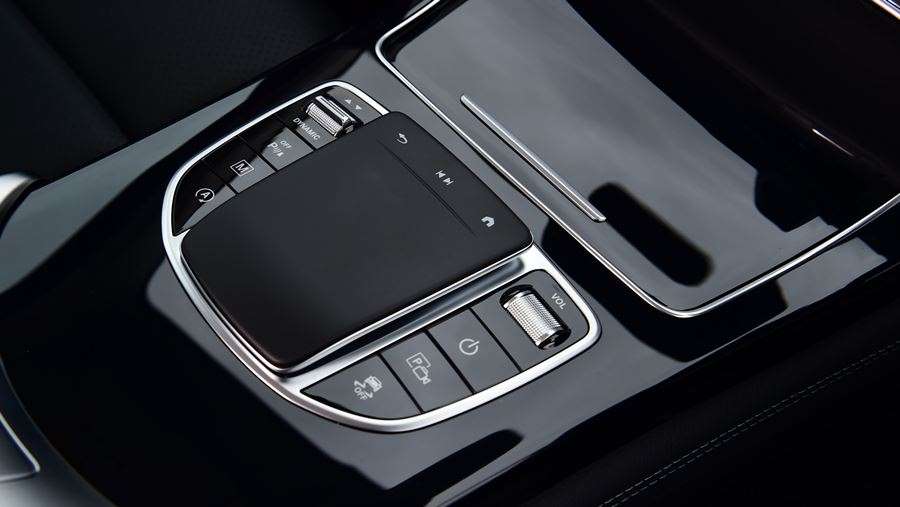
Mercedes GLC SUV - MPG, running costs & CO2
SPECIFICATIONS
The Mercedes GLC is pretty economical for an SUV, with its claimed figures rivalling the likes of the Audi Q5 and BMW X3. Mercedes also offers competitive warranty and servicing plans.
Mercedes GLC MPG & CO2
The 220 d version of the 2.0-litre diesel engine can return up to 45.6mpg, reducing slightly in top trims with optional wheels fitted. CO2 emissions of 175g/km mean it sits in the highest BiK band, which won’t appeal to company-car drivers. The more powerful GLC 300d is a shade less economical, at up to 42.8mpg, with emissions of 184g/km. By comparison, the BMW X3 xDrive 30d offers more pace and returns 46.3mpg with 159g/km.
Petrol engines are offered too. A GLC 300 model promises up to 33.6mpg, while the AMG 43 and 63 models above are even thirstier. They certainly prioritise speed over running costs; you can expect 26 and 22mpg respectively. All petrols are in the top BiK band.
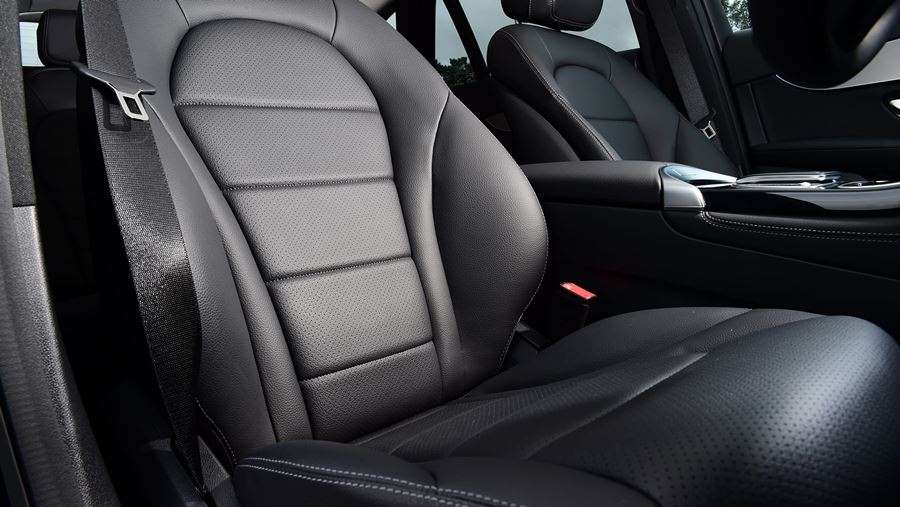
A plug-in hybrid GLC 300 de version is now available, pairing the 2.0-litre diesel engine with a 13.5kWh battery. It offers 27 miles of electric range and up to 156.9mpg if you regularly recharge the battery, while business users will be drawn to its 12-13% BiK rate. It’s also exempt from the London Congestion Charge until October 2021. In 2021 it was joined by the GLC 300 e, with a petrol 2.0-litre engine and an electric range of 26-31 miles. It can officially manage up to 128.4mpg with emissions of 62g/km and it takes around 2.5 hours to charge the battery using a 7kW home wallbox.
After the first year's CO2-based road tax (generally included in the on-the-road price), Mercedes GLCs cost the standard annual rate in VED (tax), or £10 less if it's a hybrid. Every GLC now has a list price (including options) of more than £40,000, making it liable for an additional surcharge in years two to six, elevating the annual bill during that period.
Insurance
Insurance groups for the facelifted Mercedes GLC are quite high, with diesel versions starting in groups 32 and the GLC 300 de in groups 44-45 out of 50. Oddly, this is just as high as the AMG versions in groups 41-44.
Warranty
Mercedes provides a three-year/unlimited-mileage warranty on all of its new models, which is the same as BMW offers on the X3. Pan-European Mercedes Roadside Assistance is also included, that can last up to 30 years if you keep the car maintained within the dealership network.
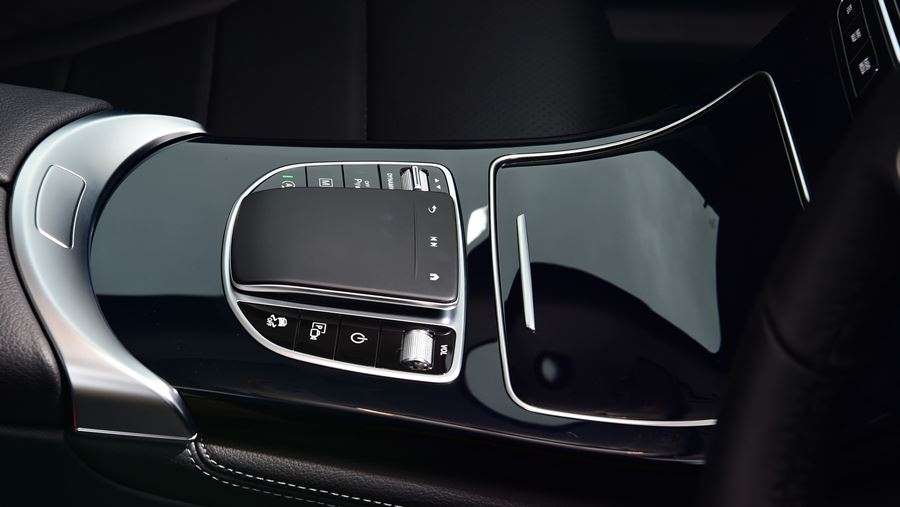
Servicing
Mercedes offers fixed-price servicing plans that cover all scheduled maintenance. You can pay all in one go up front or spread the cost over monthly instalments, which should be about £35 for a diesel GLC.
Mercedes GLC SUV - Engines, drive & performance
Its diesel engines are smooth, but the Mercedes GLC is more of a comfortable cruiser than an exciting driver’s car
SPECIFICATIONS
Engine choice is reasonably limited in the Mercedes GLC, but the two diesel options are very smooth on the move. All also come with four-wheel drive as standard – a system Mercedes calls 4MATIC. The GLC is almost car-like to drive and as comfortable and sophisticated as a luxury limousine – a happy consequence of sharing a platform with the C-Class saloon.
The GLC is at its best when driven in a relaxed, unfussed manner than on spirited back-road jaunts. Although all models have clever dampers as standard, they seem optimised for soaking up bumps and improving ride comfort rather than providing sharper responses. For a truly rewarding SUV driving experience, the BMW X3 and Jaguar F-Pace remain the cars to beat, although in the comfort stakes, the Merc trumps the Alfa Romeo Stelvio. The Volvo XC60 is even more comfortable still.
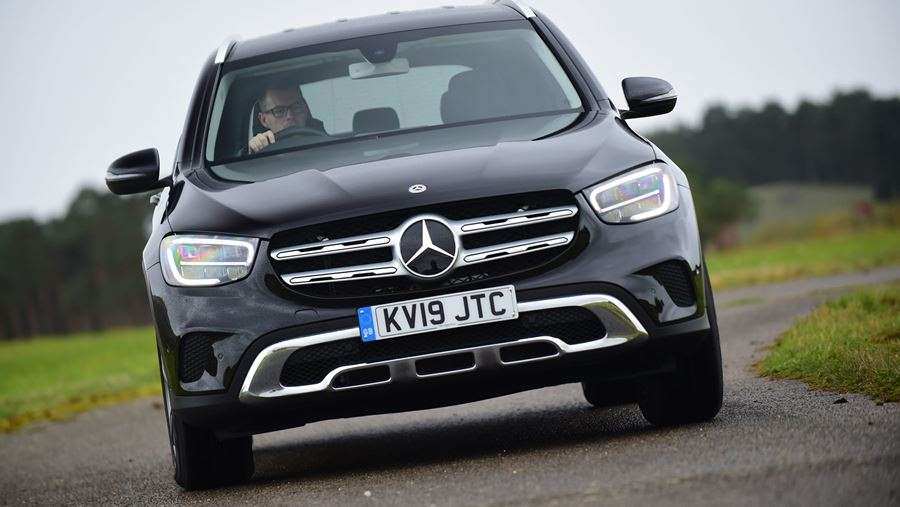
The GLC leans a little during hard cornering, but not so much as to feel unsettling and less than the Audi and Volvo. The steering is accurate enough, yet feels rather light and requires quite large inputs, so there’s little to encourage fast driving anyway. It’s far better to ease off the accelerator and cruise, which the Mercedes does very well.
All models use a smooth, responsive nine-speed automatic gearbox, which does a good job of keeping the engine revs low in the interest of fuel economy. The four-wheel-drive system is permanently engaged and uses traction control to ensure a firm grip on the road – any wheel found to be slipping is lightly braked and the engine's power is sent to the wheel on the opposite side to get you moving again.
Mercedes GLC diesel engines
Many people buying an SUV of this size will choose a diesel, and there are two available, badged 220 d and 300 d. Both are different versions of Mercedes' four-cylinder 2.0-litre engine, which is smoother and quieter than the 2.1-litre diesel it replaces, but still slightly more clattery than the best diesel engines found in rivals.
It might not appear like it if you look at the official performance claims, but most drivers will be satisfied with the slower 220 d, and it suits the GLC well. Mercedes claims 0-62mph times of 7.9 for the 200 d and 6.5 seconds for the 300 d, both of which will be more than fast enough for most SUV owners. That means our top pick is the cheaper 220 d, and it's a shame this isn't available with every trim level. Unlike the coarse old engine, the GLC 300 d we sampled was as smooth and quiet as a petrol, but with even more urge in real-world driving.
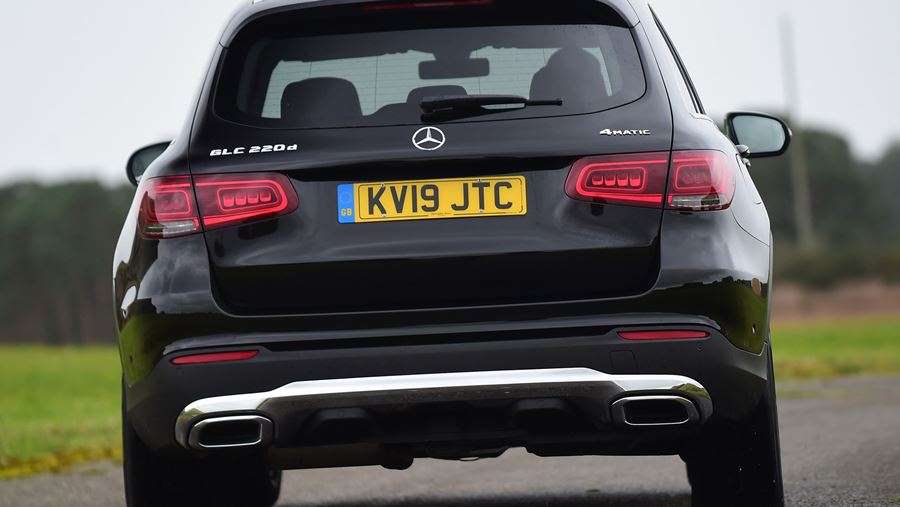
Petrol engines
Talking of petrol, the GLC 300 with 254bhp is available, featuring a new turbocharger, engine design and particulate filter all aimed at reducing emissions. It's also fitted with a mild-hybrid system that can recoup energy as the car slows down, then use it to aid acceleration. Acceleration from 0-62mph takes 6.2 seconds, while its top speed is 149mph. AMG models are even faster - the 43 model cracks 0-62mph in under five seconds, and the 63 and 63 S reduce this to four seconds or less. With the speed limiter removed, the GLC 63 S will carry on all the way to 174mph.
Hybrid engine
Most plug-in hybrids use a petrol engine, but the GLC 300 de has a diesel engine for long-range economy. The combination produces 302bhp, so the PHEV is quick too - 0-62mph takes 6.2 seconds. For 2021 the petrol-based GLC 300 e plug-in has also arrived, and it's even faster, taking just 5.7 seconds to get from 0-62mph.
Its 2.0-litre turbo petrol engine and electric motor produce a combined 316bhp, and it does a good job of prioritising electric power when the battery is charged. In this mode it's almost silent, and even when the petrol engine kicks in it's almost imperceptible. There's also a clever regenerative braking system that can be adjusted using the paddles behind the steering wheel or left to work automatically based on the road and traffic.
Mercedes GLC SUV - Interior & comfortThe
Mercedes GLC has a well built interior and even the entry-level model has loads of standard kit
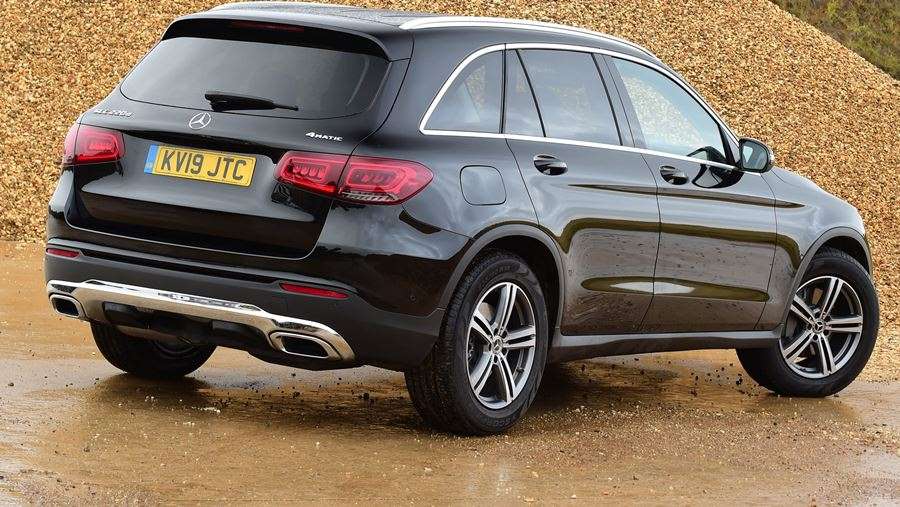
SPECIFICATIONS
The Mercedes GLC boasts an impressive, high-quality dashboard and interior design that’s more luxurious and up-to-date than what you’ll find in many rivals. All models are well equipped, but you’d expect them to be considering the GLC’s price. We'd recommend choosing an AMG Line Premium trim or above to really experience all the GLC has to offer.
Thanks to a honed suspension setup and using some parts from the Mercedes C-Class saloon, the GLC is very comfortable on the move whether on the standard steel springs of the Sport or the optional AIRMATIC system. Road and wind noise are minimal and a clever crosswind prevention system helps to keep the GLC stable at high speeds. Even the more sportily tuned AMG Line models maintain the comfortable ride of the Sport, although the wider tyres do kick up a little more noise from the road.
Mercedes GLC dashboard
The GLC shines when you sit behind the wheel. The entire design looks like it’s been lifted straight from the C-Class saloon, as there’s loads of solid metal switchgear and clear instruments. The middle of the dashboard is dominated by a single piece of wood or gloss-black veneer that starts from just underneath the infotainment screen and swoops down to connect to the centre console.
The classic air vents look like they’ve been taken straight from a vintage aircraft and the control for the sat nav and infotainment is the only control interruption on the centre console. The steering column-mounted gear selector is a little strange to get used to, though. It's also a shame that the standard analogue gauges and central trip computer look dated compared with the digital instruments fitted in AMG Line Premium trim.
Equipment
The GLC now comes in AMG Line trim as standard but extra kit can be added by upgrading to Premium and Premium Plus versions. Even the entry-level model has a comprehensive amount of equipment: a reversing camera, Parktronic, a powered tailgate, rain-sensing wipers, LED headlights, leather seats, automatic climate control, sat-nav and DAB radio are all standard.
The AMG Line Premium version throws in a sports bodykit and interior makeover, sports suspension, 20-inch AMG alloy wheels, adaptive headlights, ambient lighting and a 12.3-inch digital instrument display. Premium Plus is even more lavish, thanks to a panoramic sunroof, Burmester stereo system, keyless entry, 360-degree camera view and memory front seats and steering wheel.
Options
The Driving Assistance package is worth considering if you spend a lot of time behind the wheel, adding blind-spot monitoring, lane-keeping assistance, adaptive cruise control and a system that applies the brakes if it thinks you're about to hit the car in front. Air-suspension can also be fitted, further improving the ride quality. If you plan on towing, an official tow bar costs around £750.
Mercedes GLC SUV - Practicality & boot space
The Mercedes GLC provides loads of storage areas and its boot is a decent size, if not class-leading
SPECIFICATIONS
Considering it’s an SUV, the GLC is easy enough to get into, as its doors open nice and wide. The steering wheel and driver’s seat have plenty of adjustment and there’s plenty of room in the back. Boot space is good, if not class-leading, but the plug-in hybrid offers noticeably less due to its batteries taking up some of the luggage room.
Mercedes GLC interior space & storage
The GLC offers a decent amount of leg and headroom in the rear, but the transmission tunnel can eat into space for the middle-seat passenger.
Interior storage is good, thanks to a generous space in the front armrest and a deep cubby in front of the infotainment dial in the centre console. The door bins can all hold bottles and rear-seat occupants get their own air ventilation and an armrest that features a storage cubby and two cup-holders.
Boot space
Total boot volume is about on par with a lot of the GLC’s rivals. The 550 litres on offer is the same as what you get in the BMW X3 and equal to the Audi Q5’s boot. However, it’s less than what’s available when you fold down the Land Rover Discovery Sport’s third row of seats. The GLC’s rear seats fold in a 40:20:40 configuration with the pull of a lever, offering extra versatility and more room in the boot if needed.
In the boot you’ll find the usual range of neat practical touches like anchor points for smaller items and a cubby either side to store bits and bobs. The boot itself is square and the opening is large, so getting awkwardly shaped items in should be a breeze, especially with the power-operated tailgate.
Compared to the 550 litres you get in petrol and diesel cars, the PHEV’s boot is a bit smaller at 395 litres. That’s only 25 litres more than in the A-Class hatchback but at least the boot floor is flat, unlike the annoying step in the boot of the E-Class plug-in. It also benefits from underfloor storage, so you can keep your charging cables separate from your shopping.
Towing
All diesel GLC models can tow 2,500kg – more than most versions of the Land Rover Discovery Sport, and matching the D240. Both the GLC 300 de and 300 e can also tow up to 2,000kg, which is an impressive amount for a plug-in hybrid.
Mercedes GLC SUV - Reliability & safety
There’s an impressive amount of safety technology as standard, but there could be questions about long-term reliability of the Mercedes GLC
SPECIFICATIONS
The Mercedes GLC has an impressive suite of safety kit, which can be added to with optional equipment like adaptive cruise control. Although owners expressed reliability concerns in our 2019 Driver Power customer satisfaction survey.
Mercedes GLC reliability
Looking at the 2020 results of our Driver Power owner satisfaction survey, Mercedes as a brand came a disappointing 28th out of 30 manufacturers, with 16.5% of respondents reporting a fault within the first year of ownership.
Things were even worse for the Mercedes GLC in particular, because despite coming a reasonable 61st out of our top 100 cars overall in our 2019 results, it came dead last for reliability. A worrying 44% of owners reported at least one fault in the first 12 months, including engine, electrical and interior trim problems. The GLC didn't appear in our 2020 results. Hopefully Mercedes will have identified these teething problems and recified them as part of the model's facelift.
Safety
Along with the standard spread of airbags and traction control, the GLC has an advanced stability program, Mercedes’ crosswind-assistance technology and a collision-prevention system. An optional semi-autonomous driving system is available. This takes adaptive cruise control a step further, maintaining a safe distance from the car in front, steering the car if you drift out of your lane and braking automatically if it detects an imminent collision.
All this led to the Mercedes GLC scoring the full five stars when it was crash-tested by Euro NCAP at the end of 2015. It scored an impressive 95% in the adult occupant protection category, as well as 89% in the child occupant protection category.
The collision-prevention technology can get a little over-zealous, as it tends to flash a warning at you even when you’re a safe distance behind the car in front. Fortunately, it’s relatively easy to deactivate if you find it to be more of a hindrance than a help when on the move.
(carbuyer.co.uk)
